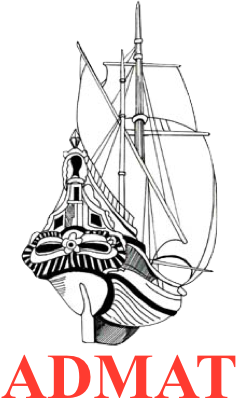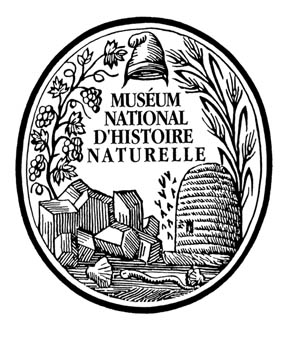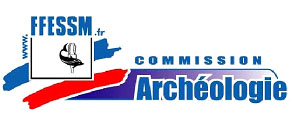The Island Wreck Site Underwater And Associated Photographs
Page 1
The wreck site had not been surveyed before and so we started on the eastern side of the island. We dove just off the drop off and the Team swam towards the island seeing what they could find. The max depth reached was 30 metres with the divers landing on the seabed to find a chalky sand, and poor visibility. As they swam towards the reef they noted the visibility increasing as they rose up the reef wall to the shallows surrounding the island.
The marine life was excellent and the coral life very good. In the area where we believe the ship first impacted there was clear signs of total destruction of a section of the reef, which over a few hundred years had re-grown in part. There was an abundance of broken dead coral which provided foundations for the new recent growth. The broken coral as per the satellite photographs was only for the length of the wrecking process some 200 meters square. To the north shallow reefs going to the surface, to the south the same and to the west progressive swallowing water till sand and sea grass was encountered before the island was reached. So far all the artefacts are within the 200 sq meters which forms the Macro Shipscape of the wrecking process.
ADMAT's maritime archaeological work on this wreck site was assisted by ADMAT-FRANCE a non profit organisation based in the Institut de Paléontologie Humaine, Muséum National d’Histoire Naturelle, Paris.
ADMAT-FRANCE is a sub division of the Anglo ~ Danish Maritime Archaeological Team
ADMAT is delighted to have an association with Muséum Nationald’Histoire Naturelle at Paris, départememt Préhistoire, UMR-CNRS 7194.




















